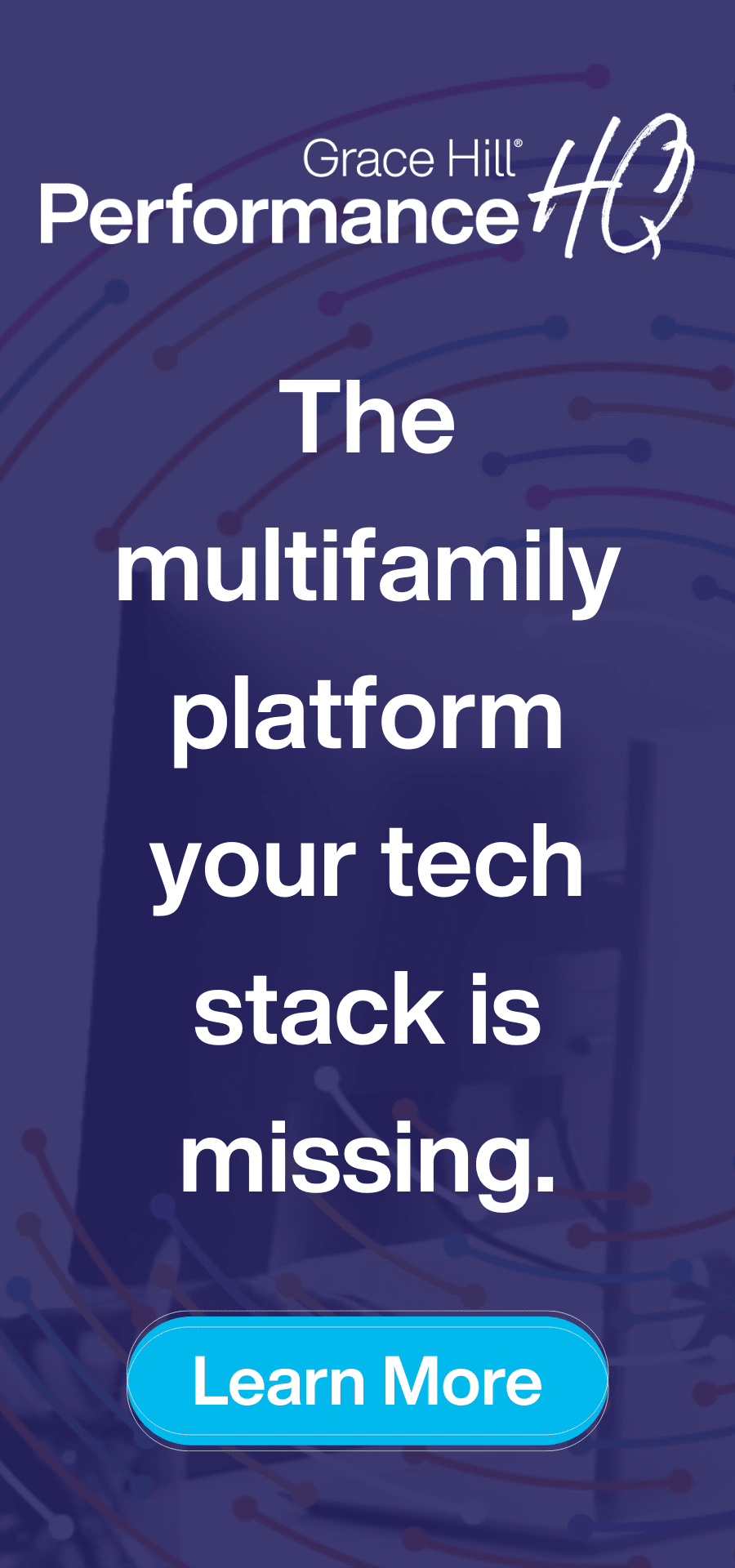If you’ve been faithfully following our series about missteps in multifamily mystery shopping (and if you haven’t, here’s Misstep #1, Misstep #2, and Misstep #3), you should be feeling pretty confident that you’ve got this mystery shopping thing figured out.
Not so fast.
There’s another misstep we see a lot that negatively impacts your mystery shopping ROI: the fourth and final Misstep, failing to fully utilize results. All too often, individual employees within multifamily organizations hyper-focus on achieving a perfect, 100% score. Teams make the mistake of applying results only to individuals rather than the entire organization. And they tend to skimp on how they administer the program to achieve optimal outcomes.
Let’s explore how this happens — and how to make sure it doesn’t happen to you.
It’s Practice. Not Perfection.
It makes sense that employees want to achieve that elusive 100% score. We often see disputes from employees desperate to improve their 96% to a 100%. But is this pursuit of perfection in the best interest of the organization? It may surprise you to find out that it isn’t.
If you’re putting too much emphasis on individuals achieving high scores to obtain bonuses and avoid negative repercussions, you may be wasting your time. In this scenario, the mystery shop administrator spends an excessive amount of time justifying scores and dealing with an overwhelming number of disputes and complaints, diverting the attention away from the true purpose of your shopping program.
Ideally, a well-strategized mystery shop program will result in a wide distribution of scores, making it easier to identify shops on the low-end where gaps and opportunities for improvement can be quickly determined. If everyone is scoring high, or the distribution of scores is clustered near the top of the spectrum, that’s impressive, but we at Grace Hill would respectfully challenge that your survey needs to be modified.
Start by asking, “Are we really assessing the pain points that may be impacting our customers and identifying issues that could be resulting in a negative experience?”
As time goes on and you notice a trend toward higher average scores, it’s important not to become complacent. Work to make sure you’re continuously improving the quality of the customer experience and team performance. Periodically review and recalibrate the survey assessment questions to help bring about a wide distribution of scores, and as a result, more accurate and actionable insights.
Ask the Tough Questions. Then Ask Them Again.
In Misstep #3, we talked about the importance of a randomized, programmatic approach to mystery shopping to help optimize ROI. You may remember that this method carries the least risk of error, produces the most accurate and reliable insights, promotes buy-in and fairness (because everyone has an equal chance of being selected), and enables you to apply findings to the entire population you’re surveying.
While you may need to pinpoint certain individuals who require improvement — with upskill training through Validate or working with their manager or trainer — you can’t stop there. To squeeze every ounce of ROI from your program, ask yourself the tough questions, such as:
- Is the issue a trend you see across other team members/locations, or is this isolated?
- What’s the gap between expectations and reality?
- How does this gap impact the customer experience?
- How is the expectation addressed in policies/training? Does it need to be supplemented or revisited?
Look beyond the individual. If you address the issue at hand, will all team members – even future team members – see the benefit? By applying results to a broader population, you can extract even more ROI from your mystery shopping program.
For example, instead of targeting new hires on their 3-month anniversary (a strategy that can lead to numerous headaches and inconsistent, unfair results), use your results to identify those associates who were shopped in their first 2-3 months of hire. What trends do you see in those shops? Can the results help you identify gaps and training needs for onboarding employees even more efficiently?
Think ‘People Power’
For any mystery shopping solution to be truly effective and to provide maximum ROI, you need the right people in the right places at the right times to guide the process every step of the way. Depending on how large or small your company is, this might be one go-to person. Below are three key administrative roles to have in place for a seamless, successful mystery shopping program:
- An administrator who can use the information gathered to assess performance trends across various teams and skills to identify gaps.
- Regional managers or trainers to proactively review results with individuals and teams, follow up on opportunities for improvement, and encourage buy-in to the program.
- A mystery shopping champion who will clearly communicate the purpose and expectations of the assessments to the entire organization, including why it’s designed the way it is, how the data is used, and how it aligns with other departments to implement and iterate team member training and best practices toward the goal of exceptional customer experience.
It’s clear; effective mystery shopping should not only assess employee behaviors but also analyze the bigger picture. By evaluating your company’s operating standards, customer interaction channels, and critical touchpoints, you can more accurately see — and improve — the whole customer experience in a broader context.
Putting the Pieces Together
Since it was first employed in the 1940s to analyze employee integrity, mystery shopping has evolved to become a research tool used by organizations to understand brand sentiment and rate the customer experience by understanding the customer-sales associate interaction.
In the multifamily industry, mystery shopping is still evolving. But one thing is certain — implementing and conducting a successful mystery shopping program doesn’t happen by accident. It takes knowing your purpose; communicating with everyone involved; and being flexible, open, and proactive as you assess results and apply strategies for improvement.
Your mystery shopping provider should also be your partner. That’s exactly how we at Grace Hill approach business with you. It’s also why we created Validate, our industry-leading mystery shopping platform designed to bring a higher level of value and integrity into onsite assessments.
Curious about how it works? Be sure to register for our live webinar, July 21 at 1 p.m. ET. We’ll take you on a tour of Validate, and you’ll learn about best practices that are proven to boost operational performance.


 Customer Support
Customer Support




